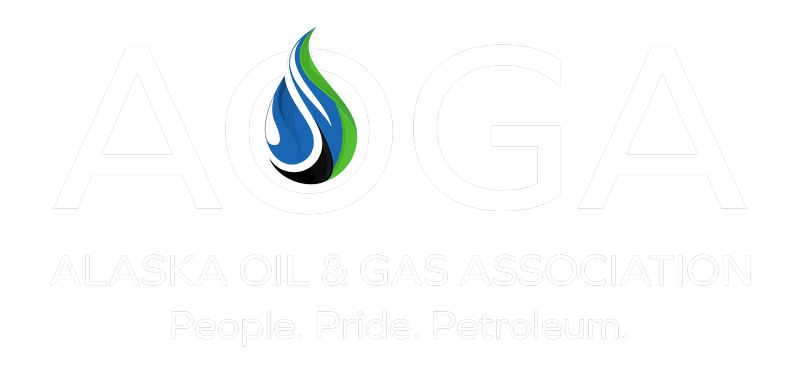
Proposal raises questions about a short-term versus long-term fix
ANCHORAGE – Feb. 25, 2020 – Last Friday, a bill was filed in Juneau that would increase oil and gas industry property taxes by 50%, the latest on a long list of proposals to raise industry taxes.
“This recent announcement further confuses the issue of what exactly is the state’s oil and gas tax policy goal,” said Alaska Chamber President and CEO Kati Capozzi. “Right now, investors are unsure about what Alaska’s leaders really want: do they want increased oil production and to grow the industry, or stifle growth, reduce jobs, and jeopardize future projects for short-term revenue gain?”
The oil and gas industry is already being targeted with an over 300% tax increase via the latest oil tax ballot measure, and at least one piece of legislation seeking to overhaul the tax system has been introduced in the legislature. It is unclear if this newest bill would be considered in conjunction with other legislative proposals, or under the terms of the pending ballot measure.
“This and other bills fuel doubts about Alaska leaders’ often-stated desire for more oil production,” said Alaska Support Industry Alliance CEO Rebecca Logan. “Investors must be able to plan years in advance; billions in spending is not approved overnight. It is hard to make the case for Alaska being “open for business” when significant changes are constantly being proposed, seemingly without an articulated policy goal. This is especially unfortunate in light of the exciting new projects currently under consideration.”
In 2013, the State passed a balanced production tax to increase exploration and increase production. Per state officials, Alaska’s 2019 oil and gas exploration season saw its highest level in 20 years. Recent discoveries and potential projects on the horizon could add an additional 2.6 – 3.1 billion barrels of oil down the pipeline, with at least $24 billion in investments planned through 2029. If including ANWR, total production estimates from potential projects increases to 14 – 35 billion barrels. Since the 2013 tax changes, North Slope production has stabilized, and in FY19 was 75,000 barrels/day above what was forecasted under the former tax structure. By all objective measures, the current tax structure is achieving its goals and working.
“In business, stability is critical to investment decisions,” said Greater Fairbanks Chamber of Commerce President and CEO Marisa Sharrah, “Alaska is fighting its way out of recession, with the oil and gas industry finally starting to gain jobs after the massive drop in oil price. With new discoveries on the cusp of coming online, proposing massive, targeted tax increases sends the wrong signal and puts the long-term health of our state economy at risk.”
“Whether intentional or not, elected leaders simultaneously proposing a 300% production tax increase and a 50% property tax increase has a ripple effect,” said AOGA President and CEO Kara Moriarty. “Alaska-based operations are already managing the impacts of seven tax changes in the last 15 years. If one or both of these proposals were to go through, Alaskans will miss out on jobs and economic activity that will be diverted to the other oil states we compete with. This is short-sighted public policy.”
# # #
Media Contact: Kara Moriarty, AOGA President and CEO: (907) 272-1481 or moriarty@aoga.org.
